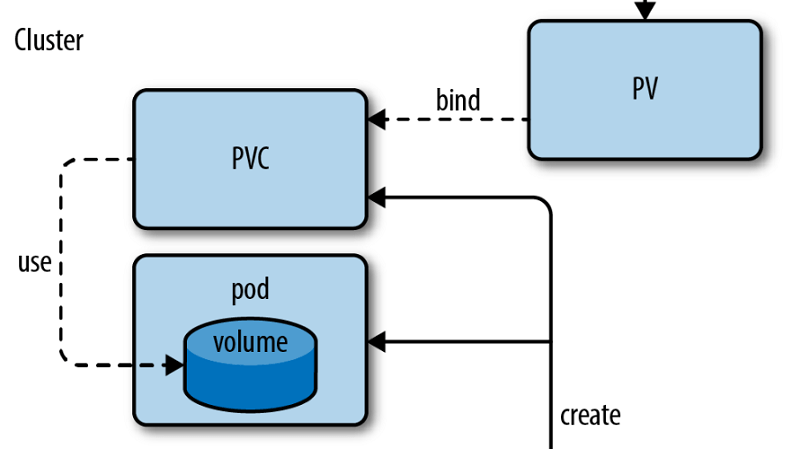If you’re wondering what the Ames test is used to find, let’s first look at what the Ames test is, so we can further understand the benefits and results it can give us.
The Ames test, such as that offered by Gentronix (a contract research organisation specialising in predictive toxicology), uses bacteria to identify a chemical’s ability to cause DNA mutations. This biological assay will formally assess a chemical compound’s mutagenic potential. A positive result from a test sample indicates the mutagenic potential of the chemical acting as a carcinogen. Cancers are often linked to mutation. As a result, the Ames test is a valuable way to identify the potential of a chemical to induce cancers and other unwanted outcomes.
Why we need Ames tests to reduce health risk
It is essential to ensure that any chemicals and products that come into contact with people and animals are safe for use during handling or exposure. Mutagenic chemicals can increase the risk of developing cancers and the risk of mutation carrying through to offspring, so potential and actual outcomes can be evaluated for a product, drug or cosmetic product early in their development.

Ames testing in practice
The Ames assay makes it possible to flag the carcinogenic potential far more quickly and conveniently than standard carcinogen assays on mice and rats. While not a direct substitute for animal carcinogenicity assays, the Ames test may detect mutagenic/carcinogenic substances which can be removed from the development pipeline and replaced with a candidate more likely to pass the animal study. An average time for animal assay testing is two to three years to complete and is far more costly than Ames assay testing. The bacterial strains that carry mutation used in Ames testing help companies meet the targets to reduce animal testing, which the UK government has shown commitment to.
Ames testing is also suitable for testing water extracts from plumbing products that come into contact with drinking water. A reversion system (Salmonella typhimurium histidine) is used. This requires a mutation of the histidine locus in several genome strains.
Ames testing can be carried out per organisations such as the Organization for Economic Cooperation and Development (OECD) regulatory compliance requirements in specific guidelines such as OECD471 for testing chemicals: bacterial reverse mutation test.
Other situations can use abbreviated assays for specific conditions, such as the modified Ames Oil test and Mutagenic Activity of Water Extract test.
Ames test aims
The Ames test is a means to screen and identify mutagens that will cause a mutation that may have a carcinogenic (cancer-causing potential) effect on humans and animals. It is primarily used to check for mutagenic abilities as opposed to the carcinogenic effects of the test substance; however, findings have shown that by identifying mutagens via an Ames test, they ultimately are often also carcinogens. Examples of carcinogenic and mutation chemicals include additives to food such as flavouring agents, colours and anti-TB drugs.
Environmental samples such as cosmetics, pesticides, wastewater, drugs and dyes can also be tested for mutagenic ability using the Ames test.
A relevant increase in the number of colonies formed after treatment with the substance or chemical is used to identify potential mutagenic ability and is used to inform product development at an early stage in the process.
Final words on Ames testing
Ames testing is an affordable and robustly efficient bacteria assay test that has proved invaluable for environmental substance testing that can be carried out more quickly than tests that may give similar results but cost more in both time and money. While this testing has some limitations due to using Salmonella typhimurium strains as a model for humans, it can discriminate some modes of action for direct-acting mutagens. This means it brings answers quickly, giving those with decisions to make the ability to interpret results and make appropriate follow-ups.















